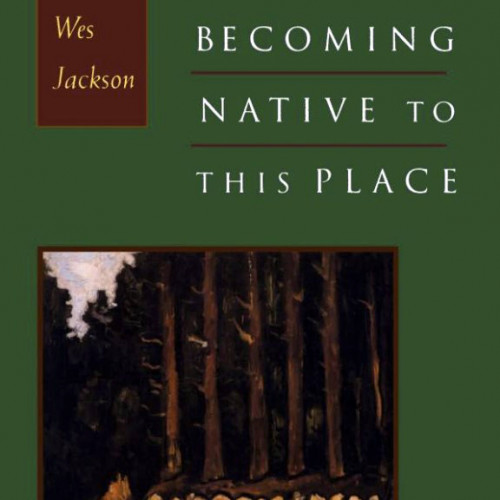 Becoming Native to This Place
Becoming Native to This Place
Jackson lays the foundation for a new farming economy grounded in nature's principles and located in dying small towns and rural communities. Exploding the tenets of industrial agriculture, Jackson seeks to integrate food production with nature in a way that sustains both.
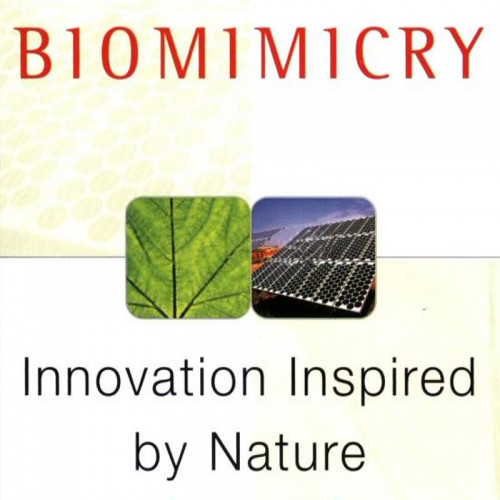 Biomimicry
Biomimicry
Biomimicry is innovation inspired by nature – taking advantage of evolution’s 3.8 billion years of R&D since the first bacteria. Biomimics study nature’s best ideas: photosynthesis, brain power, and shells – and adapt them for human use. They are revolutionizing how we invent, compute, heal ourselves, harness energy, repair the environment, and feed the world.
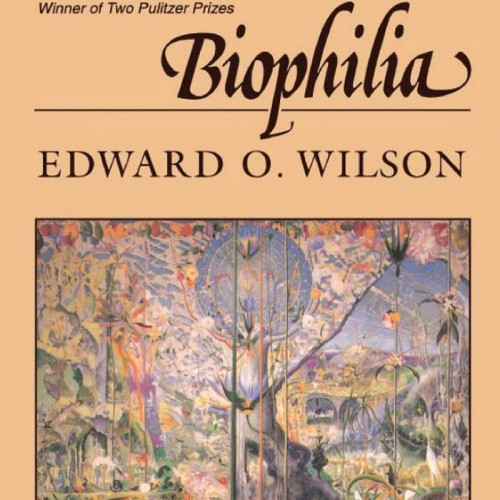 Biophilia
Biophilia
Biophilia is Edward O. Wilson's most personal book, an evocation of his own response to nature and an eloquent statement of the conservation ethic. Wilson argues that our natural affinity for life–biophilia–is the very essence of our humanity and binds us to all other living things.
 Biophilic Design
Biophilic Design
This book offers a paradigm shift in how we design and build our buildings and our communities, one that recognizes that the positive experience of natural systems and processes in our buildings and constructed landscapes is critical to human health, performance, and well-being. Biophilic design is about humanity's place in nature and the natural world's place in human society, where mutuality, respect, and enriching relationships can and should exist at all levels and should emerge as the norm rather than the exception.
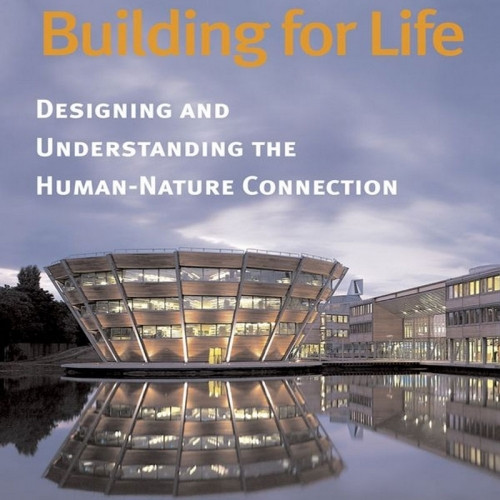 Building for Life
Building for Life
Kellert examines the interconnectedness of people and nature, and how the loss of this connection results in a diminished quality of life. Through the use of natural lighting, ventilation, and materials, as well as more unexpected methodologies - the use of metaphor, perspective, enticement, and symbol - architects can greatly enhance our daily lives. These design techniques foster intellectual development, relaxation, and physical and emotional well-being.
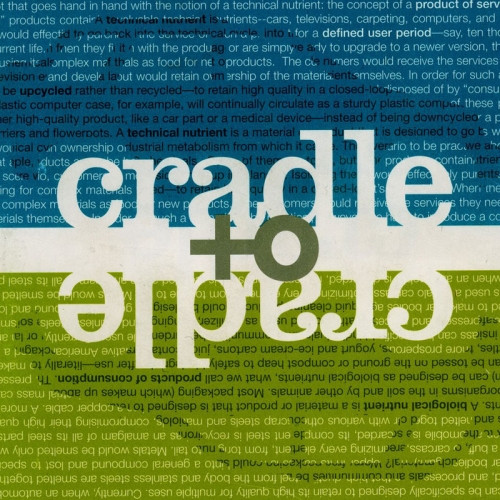 Cradle to Cradle
Cradle to Cradle
"Reduce, reuse, recycle" urge environmentalists; in other words, do more with less in order to minimize damage. McDonough and Braungart argue this approach perpetuates a one-way, "cradle to grave" manufacturing model that dates to the Industrial Revolution and casts off as much as 90 percent of the materials it uses as waste, much of it toxic. Why not challenge the notion that human industry must inevitably damage the natural world? Elaborating their principles from experience (re)designing everything from carpeting to corporate campuses, the authors make a viable case for change.
 Design with Nature
Design with Nature
A classic. The first book to describe an ecologically sound approach to the planning and design of communities, Design with Nature has done much over the past 25 years to shape public environmental policy. Illustrated with more than 300 color photos and line drawings.
 Dirt: The Erosion of Civilizations
Dirt: The Erosion of Civilizations
Dirt is the root of our existence, supporting our feet, our farms, our cities. This fascinating yet disquieting book finds, however, that we are running out of dirt. An engaging natural and cultural history of soil that sweeps from ancient civilizations to modern times, Dirt: The Erosion of Civilizations explores the compelling idea that we are — and have long been — using up Earth's soil. Once bare of protective vegetation and exposed to wind and rain, cultivated soils erode bit by bit, slowly enough to be ignored in a single lifetime but fast enough over centuries to limit the lifespan of civilizations.
 Ecological Design
Ecological Design
Ecological Design is a landmark volume that helped usher in an exciting new era in green design and sustainability planning. Using examples from architecture, industrial ecology, sustainable agriculture, ecological wastewater treatment, and many other fields, Ecological Design provides a framework for integrating human design with living systems. The book challenges us to create buildings, infrastructures, and landscapes that are truly restorative rather than merely diminishing the rate at which things are getting worse.
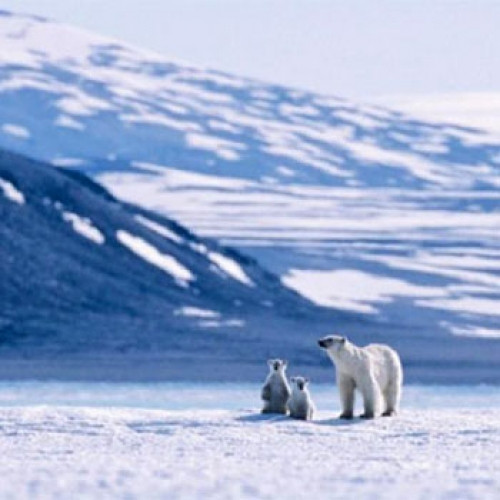 Environment: An Interdisciplinary Anthology
Environment: An Interdisciplinary Anthology
This book demonstrates how the sciences, social sciences, and humanities all contribute to understanding our interrelationships with the natural world. Though not specialized, Environment is a book that even specialists can learn from. Ten case studies - climate shock, species endangerment, nuclear power, biotechnology, sustainable development, deforestation, environmental security, globalization, wilderness, and the urban environment - are followed by readings from specific disciplines. Taken together, these selections provide a balanced treatment of key issues in environmental studies.
 Environmental Ethics: An Anthology
Environmental Ethics: An Anthology
The book provides both classic and cutting-edge essays that have formed contemporary environmental ethics, ranging from the welfare of animals versus ecosystems to theories of the intrinsic value of nature. It also discusses alternatives to traditional environmental ethics, including deep ecology, ecofeminism, and environmental pragmatism; and presents works on particular environmental issues, such as wilderness preservation and global climate change. Additional editorial material offers views of the field and points to new directions and controversies shaping the emerging relationships between humans and nature.
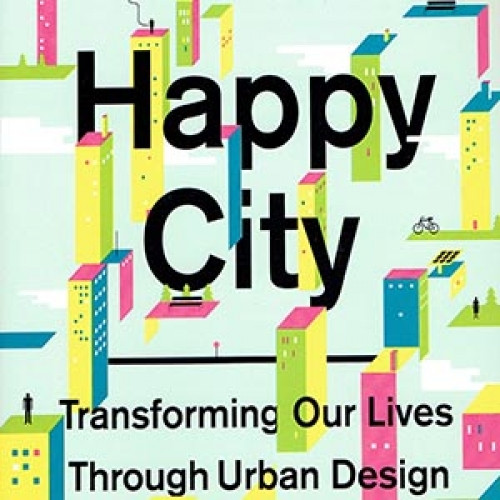 Happy City
Happy City
Montgomery argues against the dispersed city - the modern city/suburb designed around the automobile. He demonstrates that designing cities with social beings in mind makes them more pleasant places to live, and shows why suburbs are experiencing higher crime, and a significant happiness deficit. He explores how urban design often reinforces inequality, and includes prescriptions for creating what he calls the fair city, as well as addressing issues like gentrification. For Montgomery, the city is a happiness project that exists in part to corral our conviviality and channel it productively.
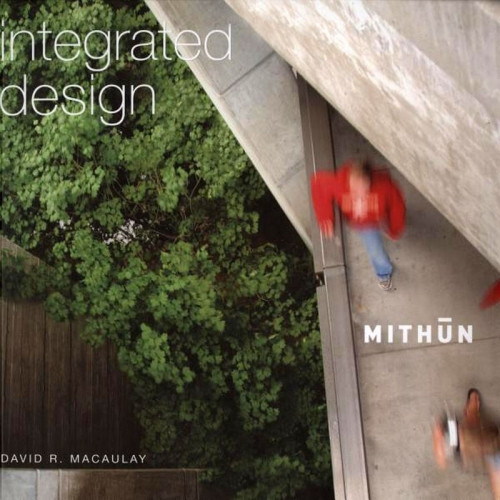 Integrated Design: Mithun
Integrated Design: Mithun
Integrated Design MITHUN celebrates the practice, principles and projects of one of the most innovative design firms in North America. A new type of architecture and landscape must emerge that is ecologically sound, socially just and designed for both utility and beauty if we are to successfully deal with the challenges ahead of us. Success requires a level of integration and holistic thinking still uncommon in the design world.
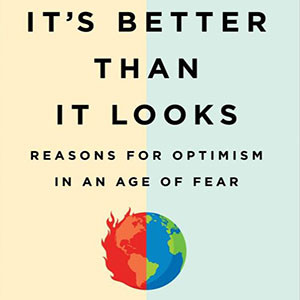 It's Better Than It Looks
It's Better Than It Looks
"Optimism does not make us blind to the many faults of the world. Rather, optimism is the conviction that problems can be solved if we roll up our sleeves and get to work." Pro-active, positive activism is a fundamental premise of our practice. Easterbrook offers empowering, bright, and articulate arguments of encouragement.
 Kiss the Ground
Kiss the Ground
Tickell explains an incredible truth: by changing our diets to a soil-nourishing, regenerative agriculture diet, we can reverse global warming, harvest healthy, abundant food, and eliminate the poisonous substances that are harming our children, pets, bodies, and ultimately our planet.
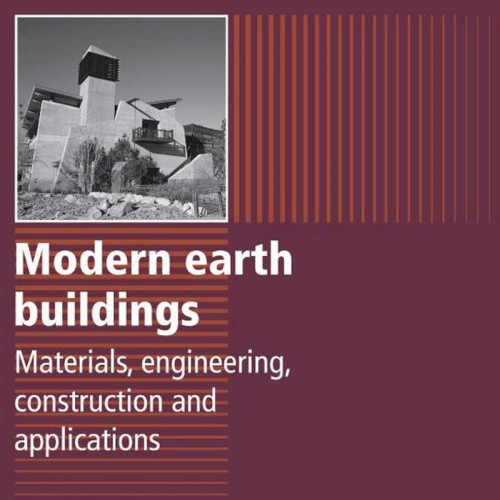 Modern Earth Buildings
Modern Earth Buildings
With the improved energy efficiency, high level of structural integrity and aesthetically pleasing finishes achieved in modern earth construction, it is now one of the leading choices for sustainable, low-energy building. Modern earth buildings explores materials and techniques key to the design, development and construction of such buildings.
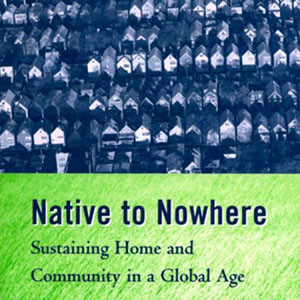 Native to Nowhere
Native to Nowhere
Meaningful places offer a vital counterbalance to the forces of globalization and sameness that are overtaking our world, and are an essential element in the search for solutions to current sustainability challenges. Beatley draws on research and travel to to offer a practical examination of the concepts of place and place-building in contemporary life. He reviews the many current challenges to place, considers trends and factors that have undermined place and place commitments, and discusses ideas for strengthening place.
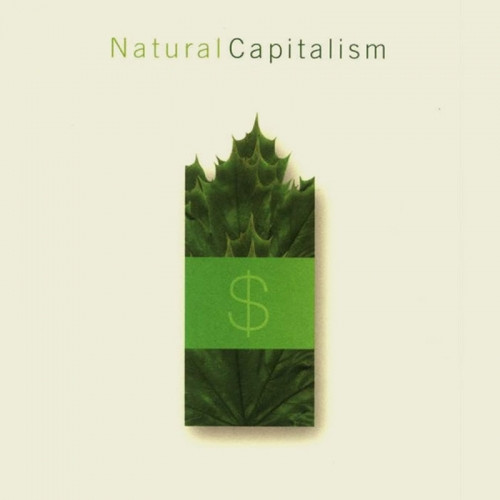 Natural Capitalism
Natural Capitalism
The authors describe the mind-set required of businesses that wish to evolve their models of business successfully into the next millennium. Natural Capitalism espouses a vision of a world where long term profit is the driving force behind global strategy, where 'whole system thinking' dominates rather than simplistic compartmentalized agendas. With a little imagination and a lot of logic, Natural Capitalism gently points out the way forward.
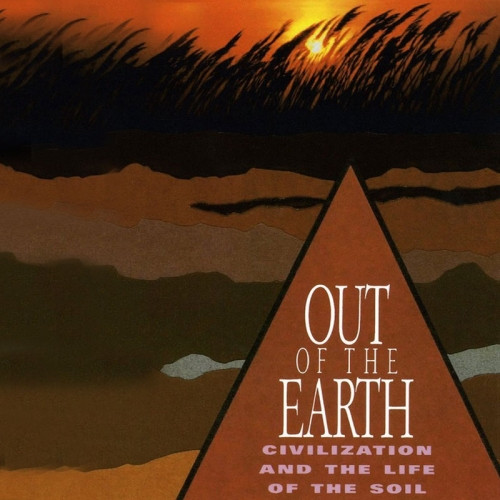 Out of the Earth
Out of the Earth
This history of man's use and misuse of soil and water combines a description of the complex inner processes that form soil with a lyrical assertion of its powers and significance.
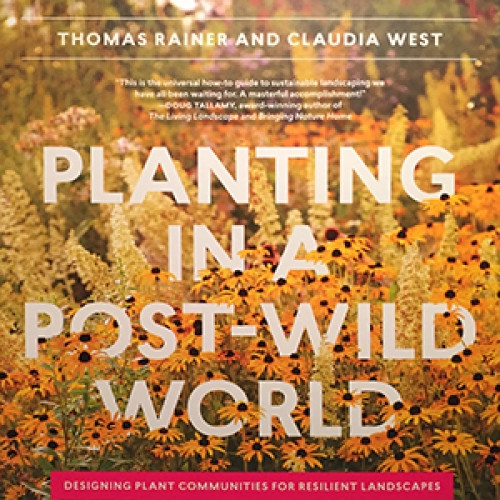 Planting in a Post-Wild World
Planting in a Post-Wild World
A powerful alternative to traditional horticulture: Plantings that function like naturally occurring plant communities. Thomas Rainer and Claudia West, two leading voices in ecological landscape design, reveal how plants fit together in nature and how to use this knowledge to create landscapes that are resilient, beautiful, and diverse. 'Planting in a Post-Wild World' is an optimistic manifesto pointing the way to the future of planting design.
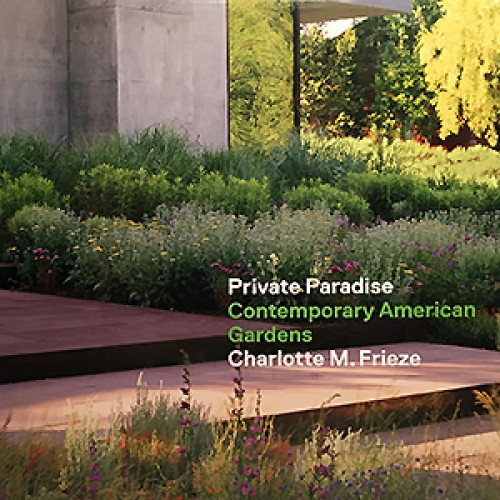 Private Paradise: Contemporary American Gardens
Private Paradise: Contemporary American Gardens
Overarching themes of Aqua, Arcadia, Bold Geometry, Color, Nightscapes, Oasis, Sanctuary, and Urban frame chapters about the challenges presented by the land, the climate, and the client’s interests. Located throughout the United States, these gardens demonstrate the intersection between traditional elements of garden design and current concerns such as sustainability, drought tolerance, and use of native plants.
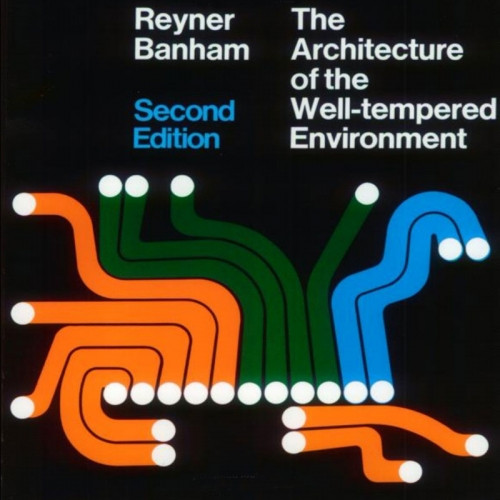 The Architecture of the Well-tempered Environment
The Architecture of the Well-tempered Environment
Reyner Banham was a pioneer in arguing that technology, human needs, and environmental concerns must be considered an integral part of architecture. No historian before him had so systematically explored the impact of environmental engineering on the design of buildings and on the minds of architects.
 The Authentic Garden: Naturalistic and Contemporary Landscape Design
The Authentic Garden: Naturalistic and Contemporary Landscape Design
In contemporary American garden design, beauty for beauty’s sake is making a comeback. The sixty gardens featured here trace current planting trends across the country, showcasing the best designs of recent years from the verdant Pacific Northwest to the tailored Eastern Seaboard, as well as prairies in Denver and Texas and exquisitely detailed private gardens in the Southwest that create a sense of lushness even while working exclusively within the vocabulary of cactuses and succulents.
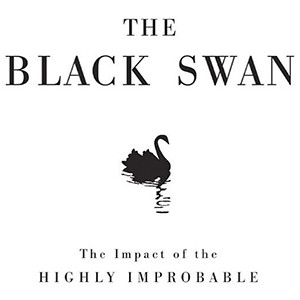 The Black Swan: The Impact of the Highly Improbable
The Black Swan: The Impact of the Highly Improbable
A black swan is an event, positive or negative, that is deemed improbable yet causes massive consequences. In this groundbreaking and prophetic book, Taleb shows in a playful way that Black Swan events explain almost everything about our world, and yet we—especially the experts—are blind to them.
 The Ecology of Commerce
The Ecology of Commerce
The Ecology of Commerce is the provocative national bestseller that addresses the necessity of merging good business practices with common sense environmental concerns. Nearly two decades after its initial publication, this controversial work by Paul Hawken has been revised and updated, arguing why business success and sustainable environmental practices need not—and, for the sake of our planet, must not—be mutually exclusive any longer.
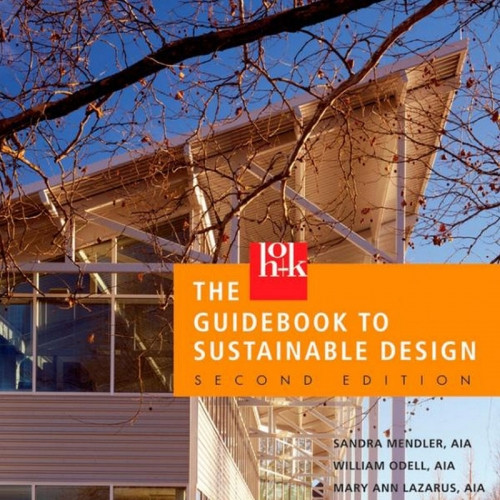 The HOK Guidebook to Sustainable Design
The HOK Guidebook to Sustainable Design
A practical reference guide on the integration of sustainable, high performance design covering major sustainability issues, emphasizing the project process, cost implications, case studies, and lessons learned from the architecture firm HOK's wide range of project experiences.
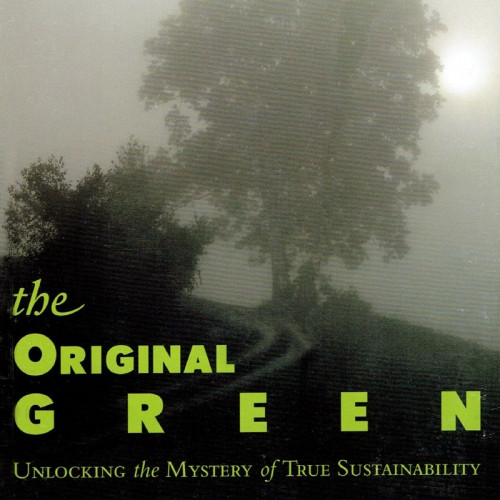 The Original Green
The Original Green
The Original Green is the sustainability our ancestors knew by heart. Originally (before the Thermostat Age) they had no choice but to build green. The Original Green aggregates and distributes the wisdom of sustainability through the operating system of living traditions, producing sustainable places in which it is meaningful to build sustainable buildings. Original Green sustainability is common-sense and plain-spoken, meaning "keeping things going in a healthy way long into an uncertain future."
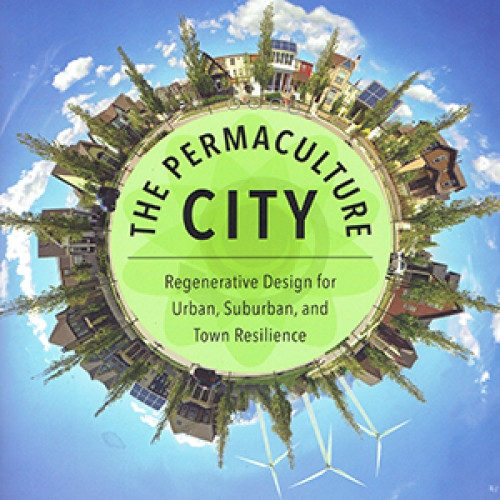 The Permaculture City
The Permaculture City
Here we find new ways of thinking about urban living through examples of innovation coupled with a holistic conceptual framework, not just gardening plants but people, neighborhoods, and even cultures. Permaculture design can help urban communities approach challenges related to food, water, shelter, energy, community, and livelihood in sustainable, resilient ways - rethinking our water and energy systems, learning the difference between a “job” and a “livelihood,” and articulating the importance of placemaking and an empowered community.
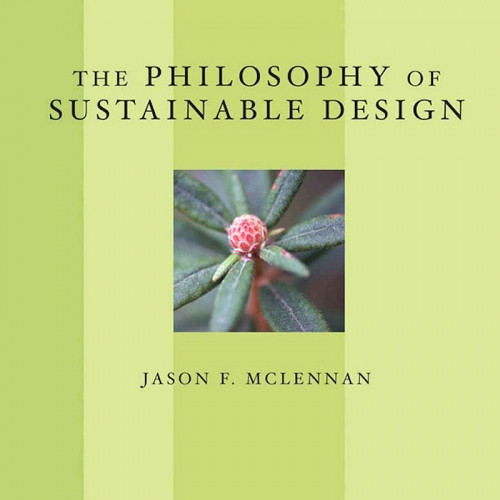 The Philosophy of Sustainable Design
The Philosophy of Sustainable Design
McLennan lays the groundwork and philosophical basis for more technical study. He relies on his extensive experience with sustainable design having consulted to dozens of projects and design teams all over the country. Tapping into the work of many pioneers and ‘green design philosophers’ McLennan clearly presents a framework for people to understand Sustainable Design and how ultimately it will become the future of architecture and design.
 The Sacred Balance; Rediscovering our Place in Nature
The Sacred Balance; Rediscovering our Place in Nature
Suzuki reflects on the increasingly radical changes in nature and science — from global warming to the science behind mother/baby interactions — and examines what they mean for humankind’s place in the world. The Sacred Balance is a powerful, passionate book with concrete suggestions for creating an ecologically sustainable, satisfying, and fair future by rediscovering and addressing humanity’s basic needs.
 The Uninhabitable Earth - Life After Warming
The Uninhabitable Earth - Life After Warming
It is worse, much worse, than you think. If your anxiety about global warming is dominated by fears of sea-level rise, you are barely scratching the surface. Without a revolution in how billions of humans conduct their lives, parts of the Earth could become close to uninhabitable, and other parts horrifically inhospitable, as soon as the end of this century. The Uninhabitable Earth is an impassioned call to action. For just as the world was brought to the brink of catastrophe within the span of a lifetime, the responsibility to avoid it now belongs to a single generation.
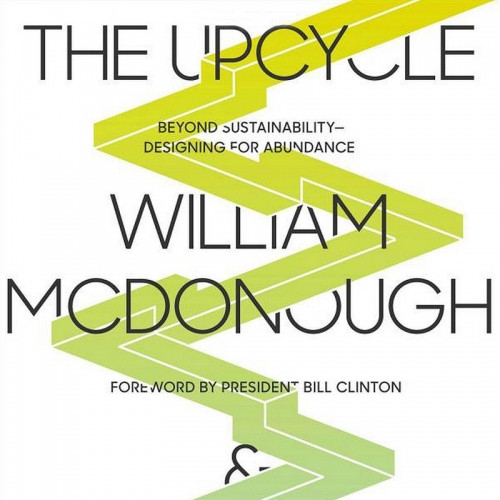 The Upcycle
The Upcycle
Drawing on the green living lessons gained from 10 years of putting the Cradle to Cradle concept into practice with businesses, governments, and ordinary people, McDonough and Braungart envision the next step in the solution to our ecological crisis: We don't just use or reuse and recycle resources with greater effectiveness, we actually improve the natural world as we live, create, and build.
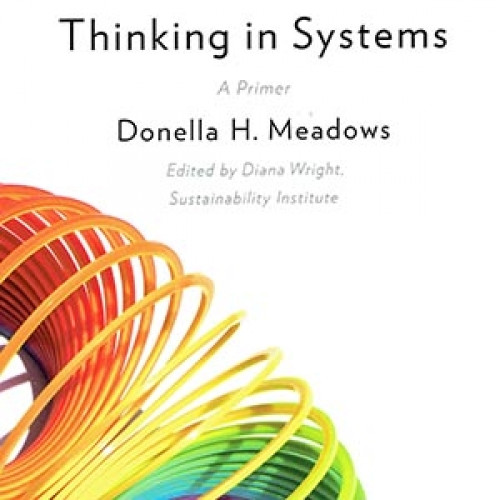 Thinking in Systems
Thinking in Systems
Some of the biggest problems facing the world―war, hunger, poverty, and environmental degradation―are essentially system failures. They cannot be solved by fixing one piece in isolation from the others, because even seemingly minor details have enormous power to undermine the best efforts of too-narrow thinking. In a world growing ever more complicated, crowded, and interdependent, Thinking in Systems helps readers avoid confusion and helplessness, the first step toward finding proactive and effective solutions.
 Toward a New Regionalism: Environmental Architecture in the Pacific Northwest
Toward a New Regionalism: Environmental Architecture in the Pacific Northwest
Pacific Northwest regionalism has consistently supported an architecture aimed at environmental needs and priorities. This book illuminates the history of a "green trail" in the work of key architects of the Northwest. It discusses environmental strategies that work in the region, organized according to nature’s most basic elements--earth, air, water, and fire--and their underlying principles and forces.
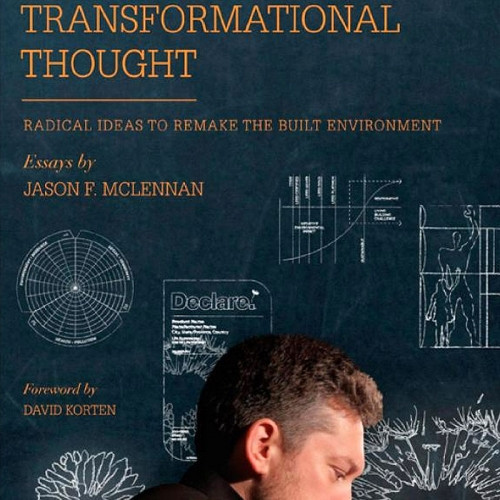 Tranformational Thought
Tranformational Thought
Transformational Thought by Jason F. McLennan is a collection of essays that challenge the design practices and thinking interwoven within our contemporary cultural, societal, and personal value systems. Rather than an ominous commentary about the terminal shortcomings of society, McLennan relates his architectural acumen and his eclectic knowledge of sustainability, proposing an intelligent, and sometimes radical rethinking of how we live, work and plan for a living future.
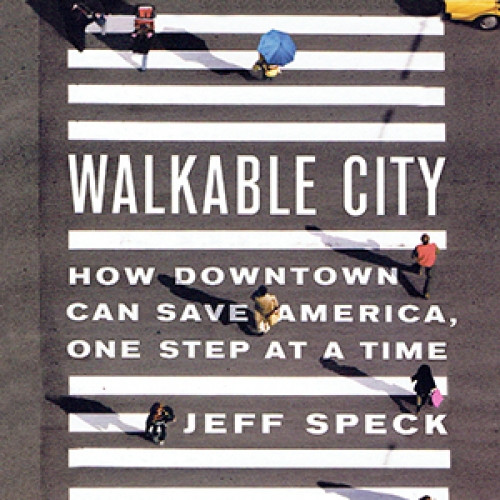 Walkable City
Walkable City
Speck believes America has lots of problems that can be solved by improving walkability in our cities. Public health, sustainability, and even the lagging economy, he argues, can be boosted by making cities more friendly for pedestrians. Drawing on his background as a city planner and architectural designer, Speck lays out a plan for changing the way we build and think about public spaces and makes the case for the benefits of revitalizing public spaces in favor of foot traffic.